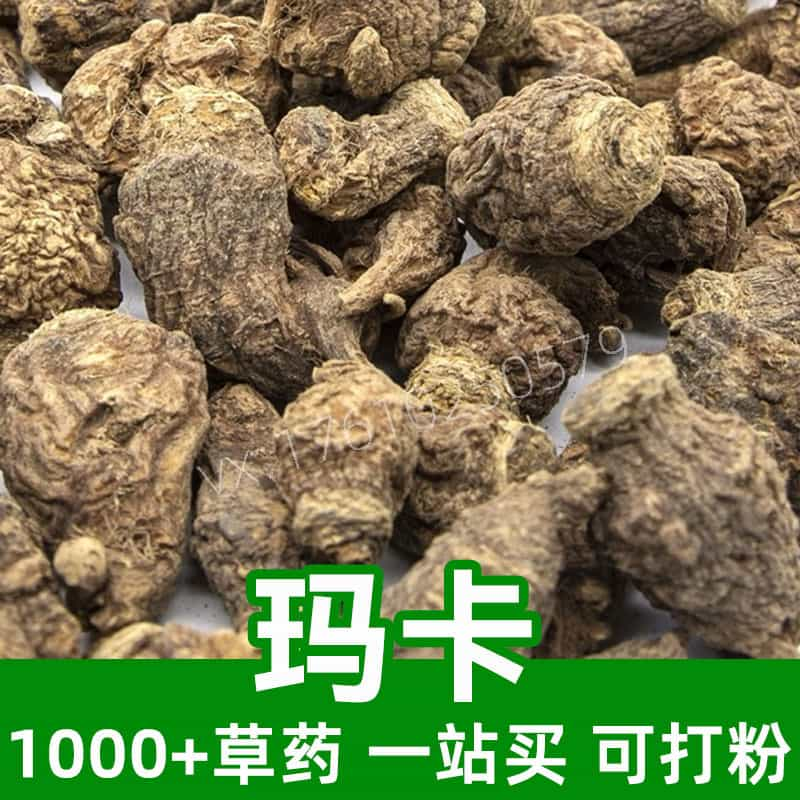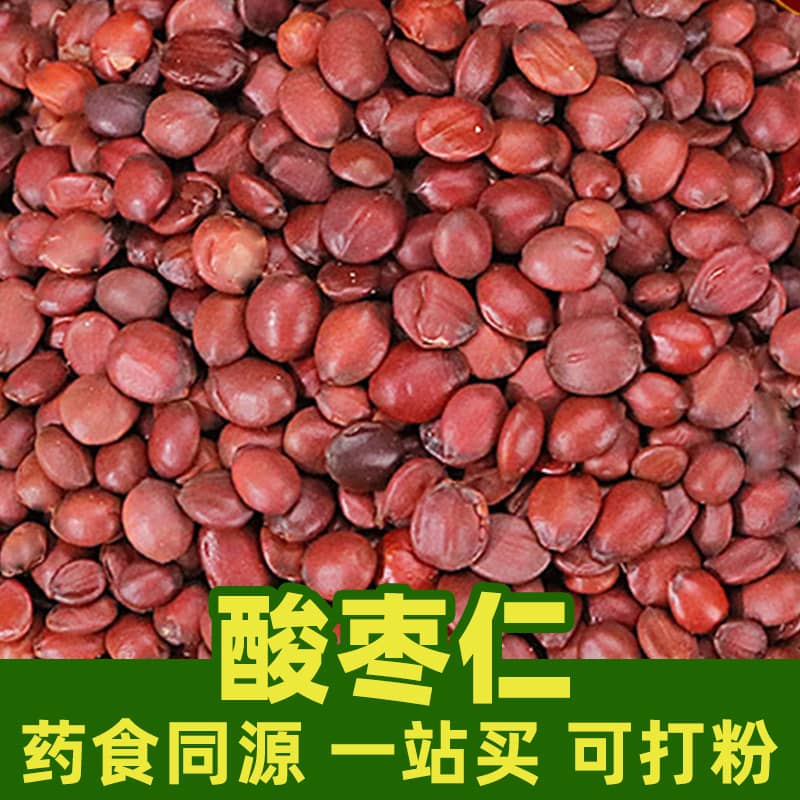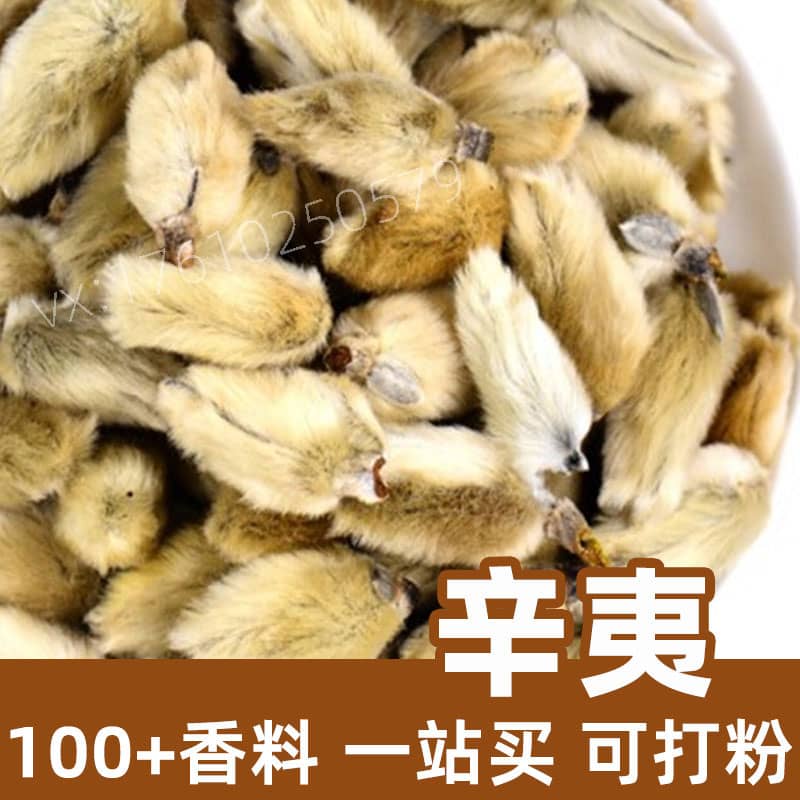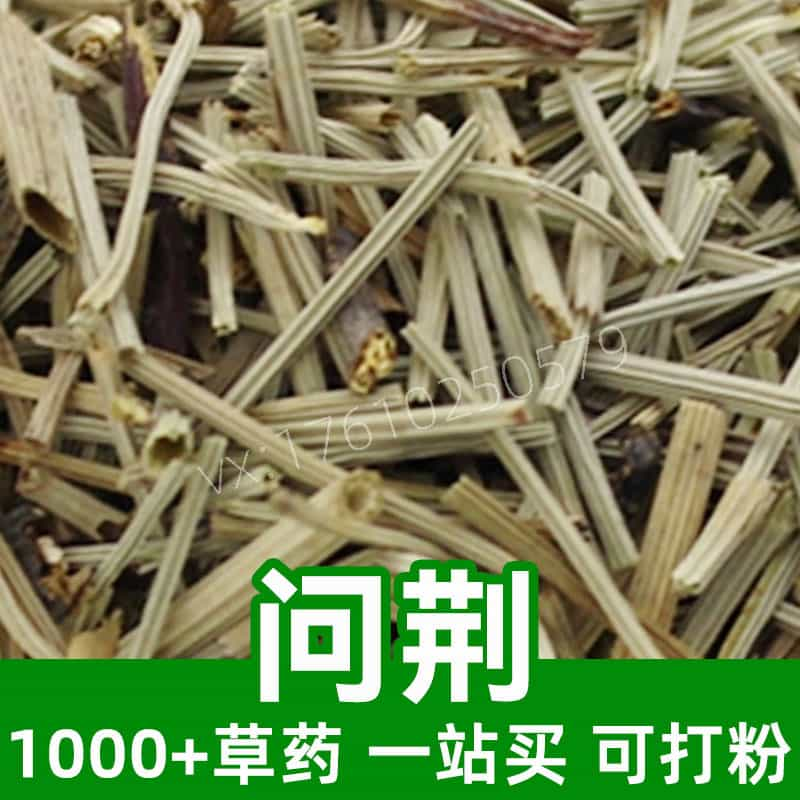Product Introduction
Phytolacca, commonly known as pokeweed, is a perennial herb that plays a significant role in traditional herbal medicine. This plant can reach heights of up to 10 feet and features large, lobed leaves with striking clusters of shiny purple berries that are visually distinctive. Phytolacca originates from the eastern United States but has diversified well beyond its native habitat, finding its way into Europe and Asia. The primary components of Phytolacca include various alkaloids such as phytolaccin, which have been historically associated with anti-inflammatory benefits. While the whole plant is toxic if consumed in large quantities, the roots and leaves have been conventionally prepared in appropriate dosages for therapeutic use. Additionally, Phytolacca has been used for its unique properties in natural crafts, specifically in the production of dyes.
Main Active Ingredients
The active ingredients in Phytolacca comprise a diverse array of alkaloids, glycosides, and saponins. The primary alkaloid, phytolaccin, has garnered attention for its potential pharmacological properties. Phytolaccin is known for its bitter taste, signifying its presence in traditional herbal formulations aimed at improving digestion and detoxification. Other notable active compounds include phytolaccigenin, which may reveal properties that align with anti-inflammatory action, and various saponins that are thought to support immune response. The berries, though toxic when raw, contain compounds that are traditionally believed to possess cleansing qualities. Chemical analyses of the plant show it to contain phenolic compounds as well, suggesting a broader range of biological activities that might contribute to its traditional uses. Although Phytolacca has demonstrated promise due to its chemical composition, it's vital to consult with professionals knowledgeable in herbal medicine for appropriate applications and dosages.
Product Application Scenarios, Usage, and Dosage
In the realm of traditional Chinese medicine (TCM), Phytolacca finds usage as both an anti-inflammatory and an analgesic. It can be prescribed in very controlled and specific formulations, often as a tincture or infusion. Herbalists traditionally employ Phytolacca for its perceived benefits to digestive health, as it can enhance bile production and promote gastrointestinal movement—though caution is critical due to its toxicity in improper doses. Phytolacca can also be applied externally in poultices to support skin health, specifically targeting inflamed or irritated areas.
While the specific dosage varies by formulation—often recommended in small quantities due to its toxic profile—it's usually advised to start with a very low dose, perhaps beginning with a few drops of tincture or a diluted infusion. Careful monitoring is essential, as the potency of herbs can vary based on environmental factors and preparation methods. For internal uses, the guidance of a qualified practitioner is crucial; they can provide insights into the appropriate use of Phytolacca and mitigate any risks associated with its consumption.
Introduction to the Source Plant, Distribution, and Growth Environment
Phytolacca is indigenous to eastern North America, thriving in well-drained, rich soils. This hardy perennial prefers full sun to partial shade and is commonly found in disturbed sites such as open fields, roadsides, and forest edges. It can grow in diverse climates but is particularly prevalent in temperate regions. Phytolacca typically thrives in moist to average soil conditions but is adaptable and resilient, allowing it to colonize a variety of environments. The plant's sprawling nature, with broad, lobed leaves, contributes to its ability to capture sunlight efficiently during its growing season.
Regions of prolific growth include the Appalachian Mountains, parts of the Midwest, and several areas in the southeastern United States. Notably, Phytolacca can also be found in Europe, often appearing in gardens and naturalized areas, likely as a consequence of its historical use and cultivation. While its berries attract birds, which help disperse its seeds, care should be taken as all parts of the plant are toxic to humans when ingested in significant amounts. Understanding the natural habitat and growth conditions of Phytolacca assists herbalists and practitioners in sourcing high-quality, ethically harvested specimens.
Harvesting, Processing, and Storage
Harvesting Phytolacca requires careful consideration due to the plant's toxic properties. The roots are typically harvested in the autumn, when they are most potent, while leaves and berries can be collected throughout the growing season. It’s imperative to handle the plant with care, wearing gloves to avoid skin contact with the juice of the leaves and berries that can cause irritation. After harvesting, the roots must be cleaned thoroughly and dried properly to ensure the retention of their beneficial properties.
For processing, common methods include drying, tincturing, and powdering. Dried roots can be ground into powder for encapsulation or for use in teas, while tinctures are often made by soaking the plant material in alcohol or vinegar to extract the active compounds. Proper processing is vital, as it enhances safety and efficacy in usage.
Once processed, Phytolacca should be stored in airtight containers in a cool, dark place, preferably in glass jars to protect from moisture and light degradation. Avoiding excessive humidity and heat is crucial for maintaining its potency. By adhering to these storage guidelines, practitioners can ensure that Phytolacca retains its beneficial properties while minimizing health risks associated with its toxic components. Proper education on handling and preparation is essential for anyone interested in utilizing this herb safely and effectively in herbal practices.
Monica Sun is a seasoned expert in the natural raw materials industry, with over a decade of experience specializing in traditional Chinese medicinal herbs, spices, and fungi. She is skilled in the sourcing, processing, and application of these materials, emphasizing sustainability and innovation. Monica Sun has contributed to the development of high-quality natural raw materials that serve as essential components in functional foods, pharmaceuticals, and cosmetics, delivering tailored solutions to meet diverse market needs.















